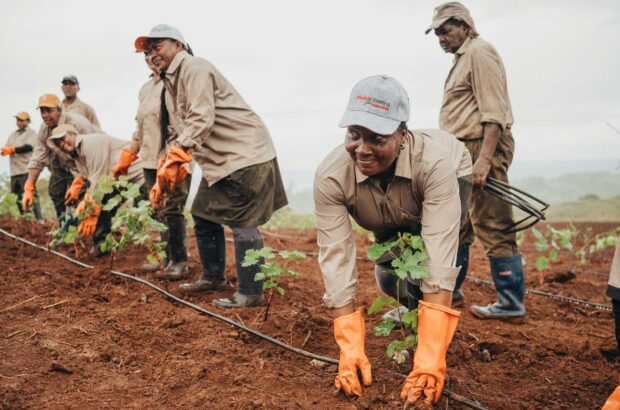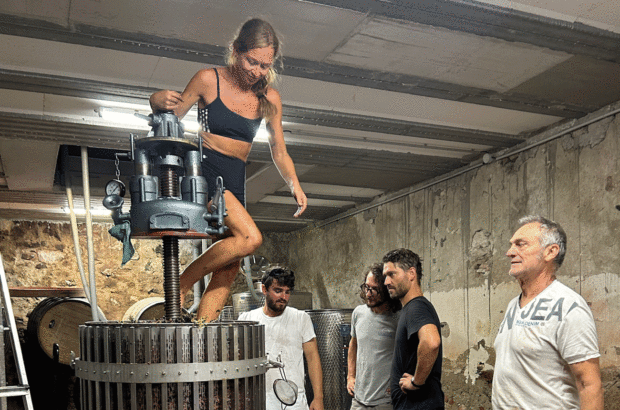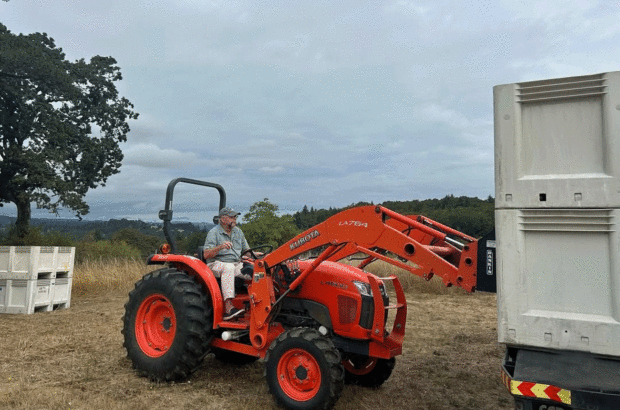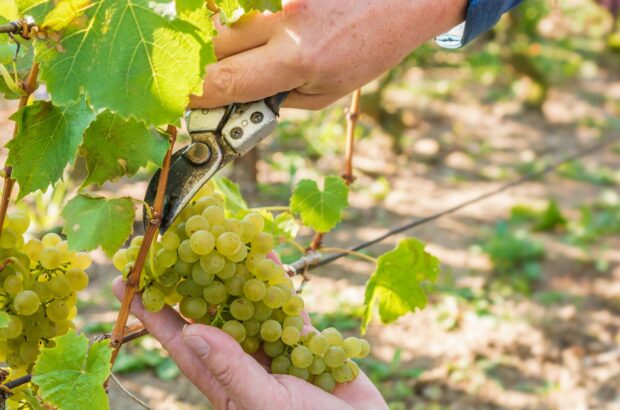Created in partnership with the California Wine Institute.
We get the advice from the sommeliers...Created in partnership with the California Wine Institute.
Californian wine and food
What’s the rule to pairing Californian wine with food? There’s no one rule! With the immense range of wines being produced in California today, there are many different styles and varieties on the table.
‘The great thing about California wine right now is its diversity,’ says GuildSomm President, Geoff Kruth MS. ‘Ten years ago wine in California was much more monolithic; that has totally changed. Now, there are great examples of almost any conceivable style. It doesn’t make for an easy answer to pairing, but it’s absolutely true.’

Credit: California Wine Institute
Acidity and fruit
In order to plan a pairing, take into account the acidity and fruit, suggests sommelier and ‘Secrets of the Sommeliers’ author, Rajat Parr.
‘There are so many styles of California wine: from “fruit bombs” to mineral-driven wines with high acidity. But generally speaking, the flavours of Californian wines are bold, hence the dishes that work are bold.’
‘Grilled foods work well with Californian reds, for example. For Californian wines with moderate to lower acidity, fresher dishes are better: olive oil works better than butter, and lots of herbs and vegetables.’
Pairing by weight
Perfect Pairings and Daring Pairings author, Evan Goldstein MS, recommends pairing by weight.
‘For more generous styles – like Sonoma Zinfandels, Napa Cabs, Central Coast Rhone Blends (red and white), and older-school Chardonnays – keep your wine and food weights on par. Don’t let the food squash the wine by being too rich, or vice versa.’
‘For those wines espousing California 2.0 (with lower alcohols, fresher acidity, cooler provenance, less oak), it’s easy to treat them like their old world counterparts. A Petaluma Gap Chardonnay or Anderson Valley Pinot Noir are, food wise, not that different than similar-styled Burgundy.’

Sparkling wines go well with savoury dishes. Credit: California Wine Insititute
Sparkling wines
Goldstein is also a big fan of Californian fizz: ‘Don’t overlook the high-quality of our premium sparkling wines that work well with just about anything savoury.’
Don’t be scared to experiment
LA sommelier and founder of Pour This, Ashley Ragovin, also believes in thinking outside the box:
‘For spicier dishes, look for wines with a little residual sugar, more fruit, less tannin and lower alcohol – so instead of a big Cabernet, try a Valdiguie, Gamay, or a Sankt Laurent; for whites, get out of the comfort zone of Chardonnay and experiment with fresher, versatile, food-friendly varietals like Vermentino, Sylvaner, and Chenin Blanc. It’s an exciting time right now for Californian wine.’
With over 80 wine varieties, over 100 classified wine regions and more than 4,600 wineries, there’s no limit to the diversity of Californian wine and its ability to pair with most meals. The question is, what’s for dinner?
Amanda Barnes is a wine and travel writer currently travelling Around the World in 80 Harvests.







